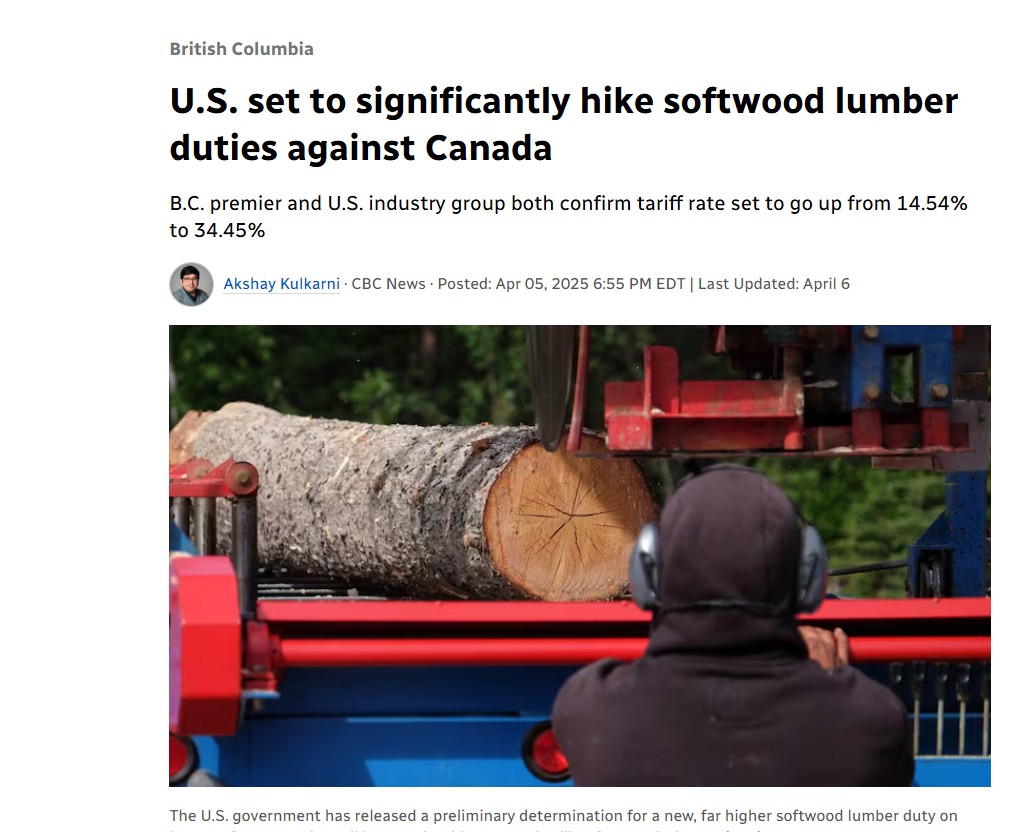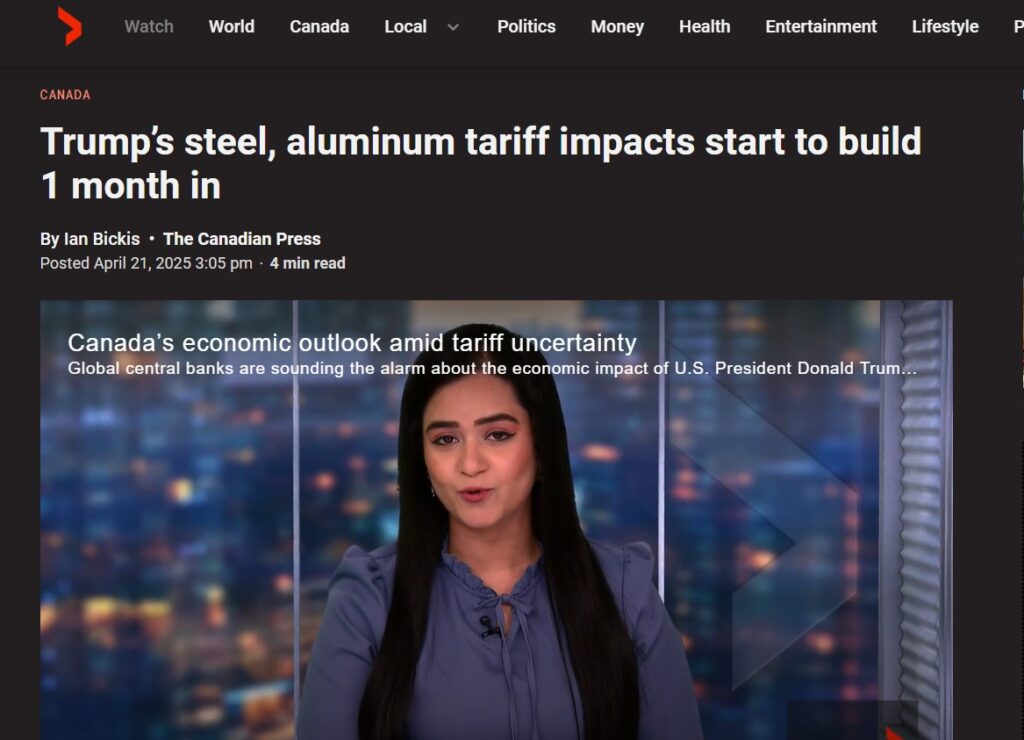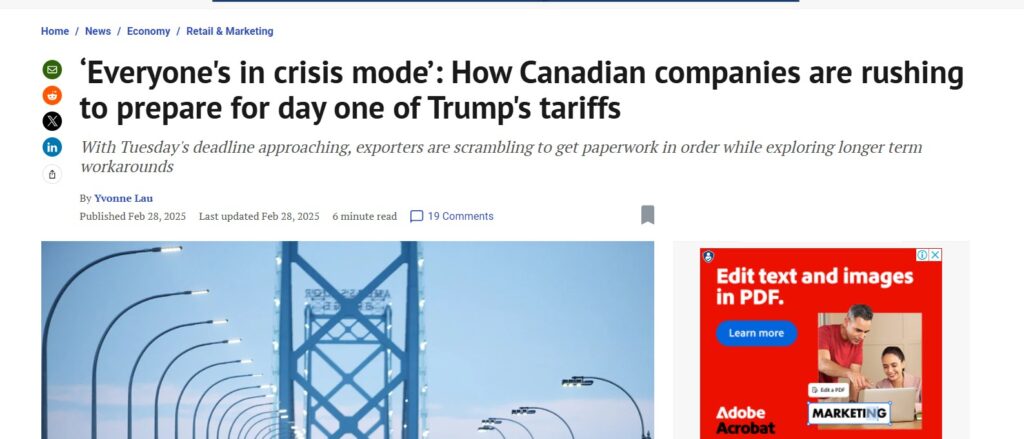Renovation costs in Canada are soaring, and global tariffs on essential construction materials like lumber, steel, and fixtures are a major contributor. Whether you’re a homeowner planning a kitchen remodel or a contractor managing a large-scale project, these tariffs are reshaping budgets and creating financial challenges.
In this blog, we’ll explore:
- The impact of tariffs on renovation materials
- Key goods affected, including lumber, steel, and fixtures
- The ripple effect on homeowners and contractors
- Strategies to mitigate costs
- Expert insights and recent trends
By the end, you’ll gain clarity on why renovation budgets are tighter than ever—and actionable tips to navigate these challenges.
What Are Tariffs, and Why Do They Matter for Renovations?
Tariffs are taxes on imported goods, designed to protect domestic industries or address trade disputes. While they can benefit local manufacturers, they also inflate costs for businesses and consumers relying on imports.
In Canada, where construction materials are heavily imported—especially from the U.S. and China—tariffs directly impact renovation expenses.

Key Materials Affected by Tariffs
Lumber U.S. tariffs on Canadian softwood lumber, averaging 11% and sometimes exceeding 20%, have disrupted supply chains. This results in higher costs for plywood, framing lumber, and engineered wood products.

Steel & Aluminum Global demand and tariffs, including the U.S. Section 232 tariffs (25% on steel, 10% on aluminum), continue to elevate prices. This impacts structural beams, nails, and appliances.

Fixtures & Appliances Trade tensions have led to tariffs on plumbing fixtures, lighting, and appliances from China and the U.S., causing a 10-25% price hike on items like sinks, faucets, and cabinetry hardware.

The Ripple Effect: How Tariffs Increase Renovation Costs
- Higher Material Costs for Contractors Contractors face increased costs, leading to higher quotes for homeowners. Some delay projects, hoping for price stabilization.
- Supply Chain Delays & Shortages Tariffs disrupt trade flows, causing material delays. For example, lumber prices surged over 300% during the pandemic due to tariffs and supply bottlenecks.
- Homeowners Face Budget Overruns Renovation costs have skyrocketed, with kitchen remodels exceeding $40,000 due to pricier cabinets, countertops, and labor.
- Impact on New Home Construction Higher material costs also affect new builds, driving up housing prices—a burden for Canadian buyers.
Strategies to Mitigate Tariff-Driven Costs
- Source Locally Opt for Canadian-made lumber, steel, and fixtures to avoid import tariffs. Look for “Made in Canada” labels.
- Explore Alternative Materials Consider bamboo or laminate flooring instead of hardwood. Quartz countertops may be cheaper than tariff-hit granite.
- Buy in Bulk or Monitor Sales Contractors can pre-order materials in bulk to lock in prices. Homeowners should watch for seasonal sales.
- Negotiate with Suppliers & Contractors Suppliers may offer discounts for large orders or cash payments. Contractors might adjust labor costs based on material fluctuations.
What’s Next? Will Tariffs Ease Soon?
Trade policies remain unpredictable, but trends suggest:
- U.S.-Canada lumber disputes may persist, keeping prices volatile.
- Global steel demand is high, sustaining elevated costs.
- Supply chain improvements could gradually stabilize prices.
Experts recommend budgeting an extra 10-20% for renovations to account for unexpected material hikes.
Conclusion: Navigating Renovations in a High-Tariff Era
Global tariffs are reshaping Canada’s renovation landscape, impacting everything from lumber to appliances. While homeowners and contractors can’t control trade policies, they can adapt by sourcing locally, exploring alternatives, and planning for price fluctuations.
Staying informed and flexible is key to managing renovation costs effectively in today’s market.


